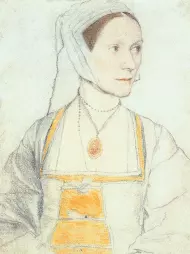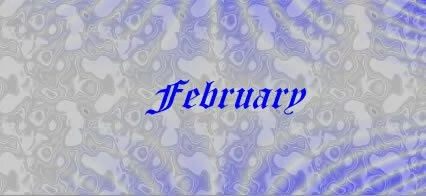|

|
Margaret Hides suggestes some important appointments
for your sightseeing schedule of 2005.
For a day out in the homes of royalty you can be sure that the major venues all have one thing in common: good access, a rather superior disabled loo and courteous advice if you need to phone ahead to inquire about anything from disabled parking to facilities for visitors with visual or special hearing needs.
The highlight of the Summer Opening of the State Rooms at Buckingham Palace (30 July-27 Sept) will be the White Wardrobe designed by Norman Hartnell for Queen Elizabeth
The Queen Mother when she accompanied King George V1 on a State visit to France in July 1938.
Her style, immortalised in famous photographs by Cecil Beaton, with its clouds of floating, ethereal tulle in pale sugared- almond colours, was to remain a hallmark of the Queen Mother. But who might now imagine that such lovely dresses and Hartnell's soft, impeccably elegant look, was designed partly to make a political statement at a time when Europe was in turmoil?
The State visit to France, in that summer of '38, was essentially intended to reinvigorate the entente cordiale and to reinforce Anglo-French solidarity against Hitler's Germany. As an
aside it was also an opportunity to make a bold British statement in the fashion capital of the world.
Parisians hailed Queen Elizabeth's wardrobe as a sensation;
Hartnell was warmly congratulated by the leading French couturiers and made an Officer of the Academie Francaise. The much vaunted Paris autumn collections drew heavily on the
Queen's personal style – both the State visit wardrobe and her Scottish ancestry – with Shiaparelli and Molyneux each incorporating plaid and tartan in their clothes that year.
The most famous of the French designers added fashion statements in miniature. They sent two beautiful dolls, exquisitely dressed by famous French couturiers of the period, as gifts for
the young Princesses Elizabeth and Margaret who did not accompany their parents.
Each doll's trousseau of clothes and accessories was confidently said to represent “a fashion document for future generations”. Who at that time, I wonder, might have anticipated our
ubiquitous jeans and cropped styles of today?
The White Wardrobe exhibition includes spectacular diamond jewellery which the Queen Mother wore and also some of the magnificent gifts received from the President of France. The
charming paintings by Winterhalter of Queen Victoria and her family which provided inspiration for Hartnell hang in the long picture gallery.
The Buckingham Palace Summer Opening will have other echoes of the Thirties and Forties to mark the 60th anniversary of the end of Second World War hostilities (falling on 15 August
2005). These will include a small selection of decorations and medals instituted during the war along with archive material and King George VI's Admiral of the Fleet uniform.
Advance tickets are available by phone: 020 7766 73000 or from www.royalcollection.org.uk.
Adjoining Buckingham Palace, The Queen's Gallery will offer chance to see a collection containing one of the world's finest groups from the golden age of Dutch 17th century paintings
with over 50 enduringly popular masterpieces on show.
The Drawings Gallery at Windsor Castle is one where specially themed displays supplement the permanent exhibition which has drawings by Leonardo da Vinci and Holbein. Until April 24 there will be historic photographs and delicate watercolours – the work of Queen Alexandra. She was a talented artist whose interest in photography began in 1885 after George Eastman presented her with one of his new roll-film cameras.
Material from her albums will reveal how uniquely she was placed to provide a fascinating photographic insight into the lives of the royal families of Europe from that time to the First
World War.
Until mid September DDMC members living close to Scotland's capital, as well as visitors to Edinburgh and the Queen's Gallery at the Palace of Holyroodhouse, can see outstanding watercolours and drawings from the collection of Queen Elizabeth the Queen Mother. The rare viewing includes the series of remarkable watercolour views of Windsor Castle by John Piper.
I remember the Queen Mother talking about those watercolours once on TV. Fearing that the castle might be bombed during the Second World War she said it had been entirely her 
decision to commission those works of art; the viewer got a vague sense that possibly there had been some opposition at the time to her idea. In the TV programme she went on to say how happy she was that the castle remained safe. Then, with a slow smile and a rather wicked twinkle in her eye, she said in a quietly conspiratorial tone, “and we still have the Pipers”…
Finally, worth noting perhaps: the Palace of Holyroodhouse is the only home of the Queen to have a café where visitors can linger enjoying light meals and refreshments.
|
|

|

